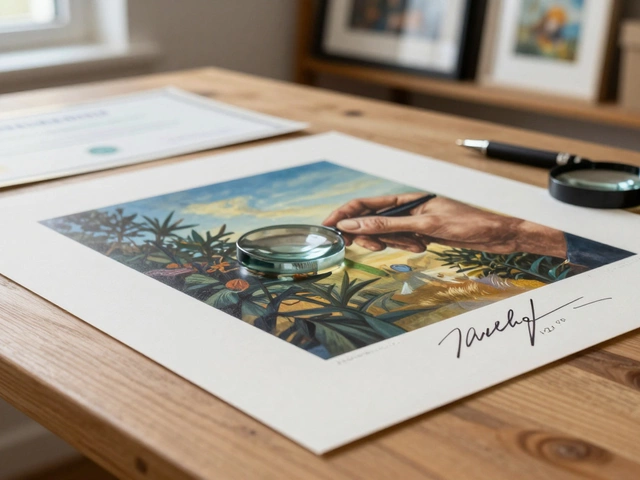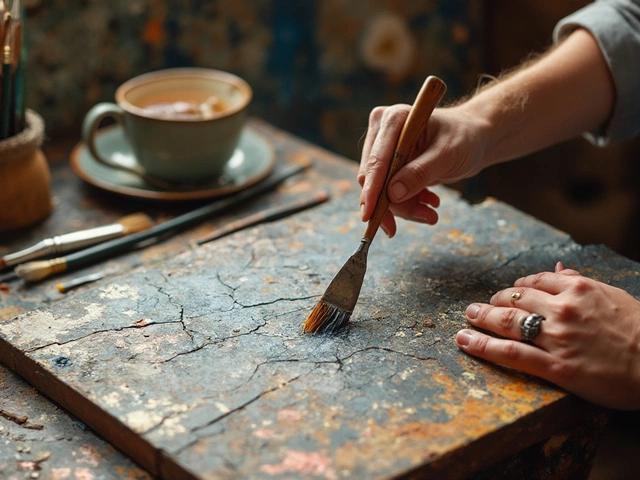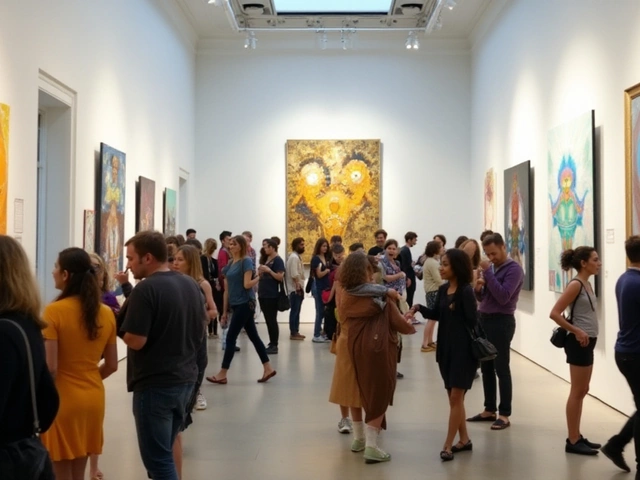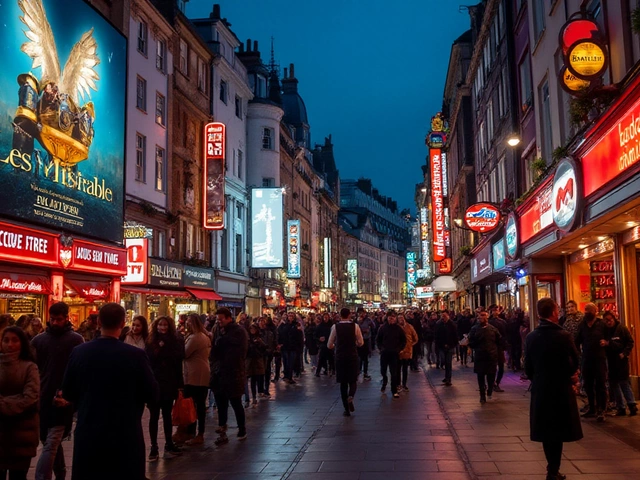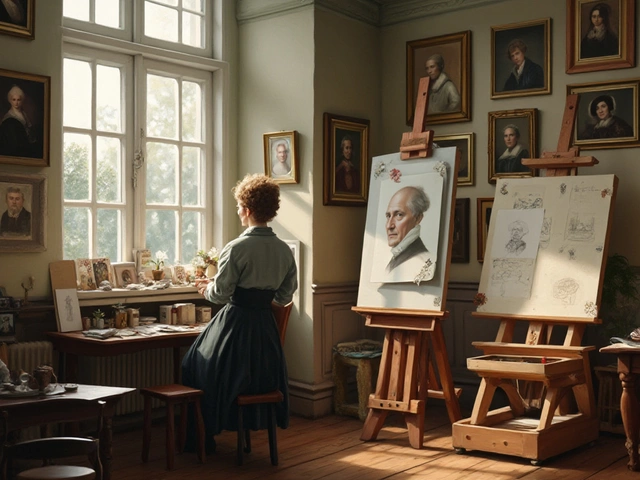Beginner Painting: Essential Tips to Start Your Art Journey
When working with beginner painting, the first steps into creating art with paint, whether on canvas, paper, or board. Also known as painting for newcomers, it blends curiosity with basic technique. A solid foundation usually begins with oil painting, a medium that offers rich color and a slow drying time for blending, moves into watercolor painting, a transparent medium prized for its fluidity and spontaneity, and often includes landscape painting, the practice of depicting natural scenery as a way to build composition skills. These three staples link together: mastering oil’s layering helps you understand light, while watercolor sharpens control of washes that later improve landscape depth. And when you feel ready, stepping into abstract painting, a style that focuses on shape, color, and gesture rather than realistic representation lets you apply what you’ve learned in a freer, expressive mode. In short, beginner painting encompasses oil, watercolor, landscape, and abstract approaches; it requires basic supplies and an open mindset; and it benefits from practicing each medium in turn.
Core Skills, Tools, and Common Mistakes
Getting started means keeping your toolbox simple but purposeful. For oil painting, a few quality brushes (a flat, a round, and a filbert), a palette knife, and a primed canvas give you room to experiment without overwhelming mess. Watercolor painting thrives on cold‑pressed paper, a wet‑on‑wet technique, and a limited set of transparent pigments that reveal layering potential. Landscape painting often calls for a portable easel, a small sketchbook for quick thumbnails, and a palette of earth tones to capture atmosphere fast. Abstract painting benefits from a large surface that lets you make bold gestures, plus a few acrylic or oil glazes for texture. A common pitfall for beginners is over‑loading the brush, which creates muddy colors and uneven texture—something the Goya technique warns against by suggesting a thin, dark underpainting before building layers. Another trap is skipping the value study; a quick grayscale sketch can save you from composition errors before any color hits the canvas. If you’re dabbling in digital art alongside traditional media, remember that the same principles of value, color harmony, and composition still apply, even if the tools are a tablet instead of a brush.
The collection below brings together step‑by‑step guides, deep‑dive technique articles, and real‑world tips that cover everything from oil basics to watercolor tricks, from composing compelling landscapes to experimenting with abstract ideas. Whether you’re picking up a brush for the first time or looking to sharpen a specific skill, these pieces give you actionable knowledge you can use right away. Dive in and start turning those blank canvases into something you’re proud of.
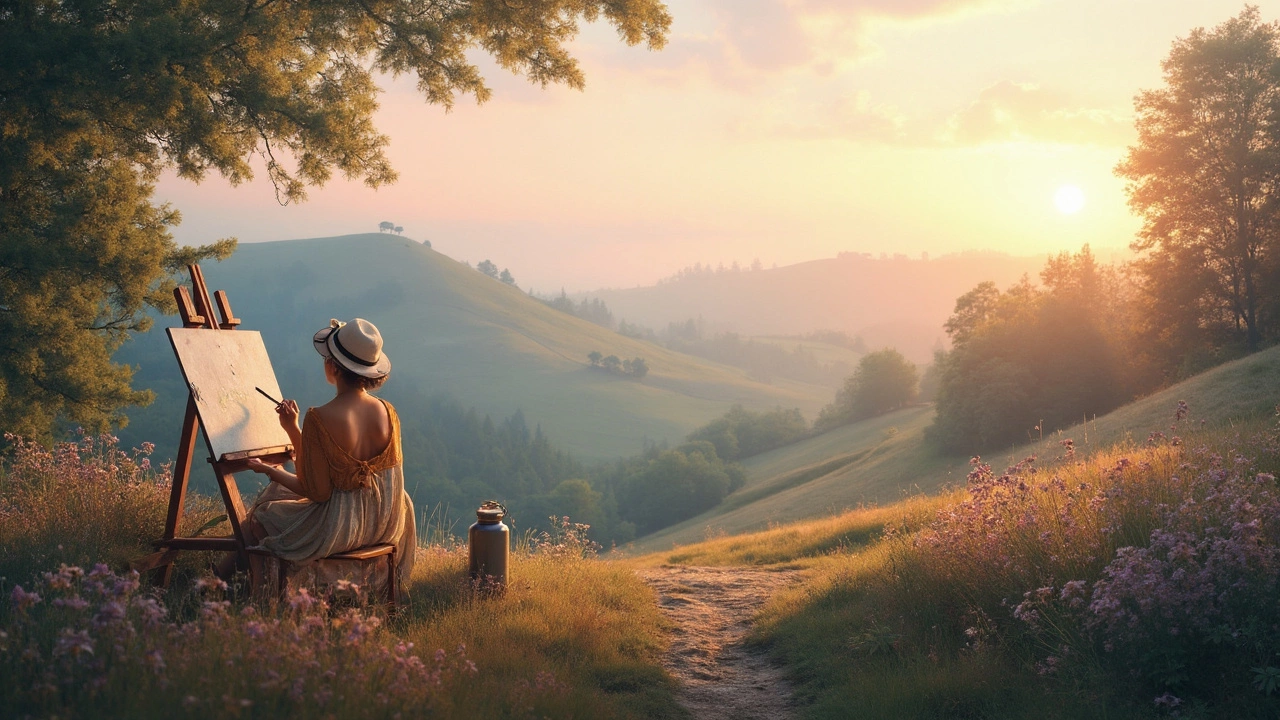
Starting your landscape painting adventure can be both exciting and intimidating. This guide offers practical tips for beginners, focusing on choosing the right location, understanding basic composition, and picking the ideal color palette. With clear steps and relatable advice, aspiring artists will find this resource helpful as they embark on their creative journeys.
